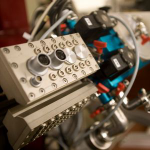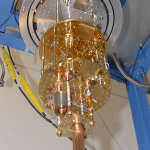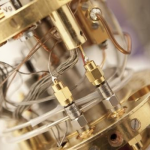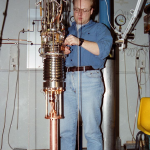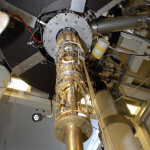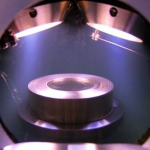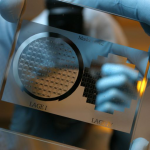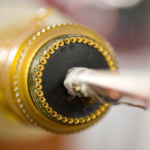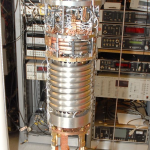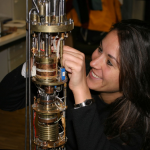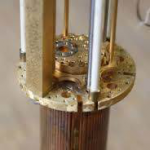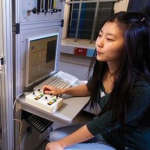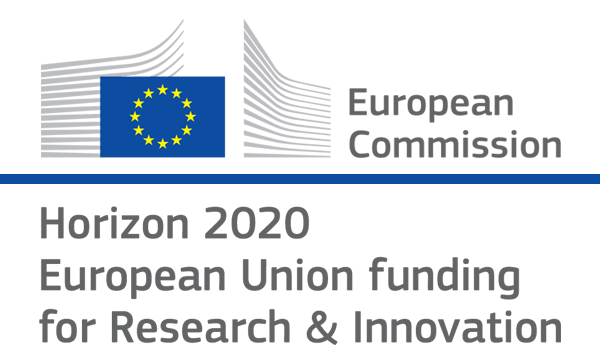

- Photon Transport in a Bose-Hubbard Chain of Superconducting Artificial Atoms
G. P. Fedorov et al., Phys. Rev. Lett. 126, 180503 (2021) - Path-Dependent Supercooling of the
He3 Superfluid A-B Transition
Dmytro Lotnyk et al., Phys. Rev. Lett. 126, 215301 (2021) - Superconductivity in an extreme strange metal
D. H. Nguyen et al., Nat Commun 12, 4341 (2021) - High-Q Silicon Nitride Drum Resonators Strongly Coupled to Gates
Xin Zhou et al., Nano Lett. 21, 5738-5744 (2021) - Measurement of the 229Th isomer energy with a magnetic micro-calorimeter
T. Sikorsky et al., Phys. Rev. Lett. 125 (2020) 142503
Universal First-Passage-Time Distribution of Non-Gaussian Currents
S. Singh, P. Menczel, D. S. Golubev, I. M. Khaymovich, Jo. T. Peltonen, C. Flindt, K. Saito, É. Roldán, and J. P. PekolaWe investigate the fluctuations of the time elapsed until the electric charge transferred through a conductor reaches a given threshold value. For this purpose, we measure the distribution of the first-passage times for the net number of electrons transferred between two metallic islands in the Coulomb blockade regime. Our experimental results are in excellent agreement with numerical calculations based on a recent theory describing the exact first-passage-time distributions for any nonequilibrium stationary Markov process. We also derive a simple analytical approximation for the first-passage-time distribution, which takes into account the non-Gaussian statistics of the electron transport, and show that it describes the experimental distributions with high accuracy. This universal approximation describes a wide class of stochastic processes, and can be used beyond the context of mesoscopic charge transport. In addition, we verify experimentally a fluctuation relation between the first-passage-time distributions for positive and negative thresholds.
Phys. Rev. Lett. 122, 230602 (2019)
doi: 10.1103/PhysRevLett.122.230602
arxiv: https://arxiv.org/abs/1809.06870
